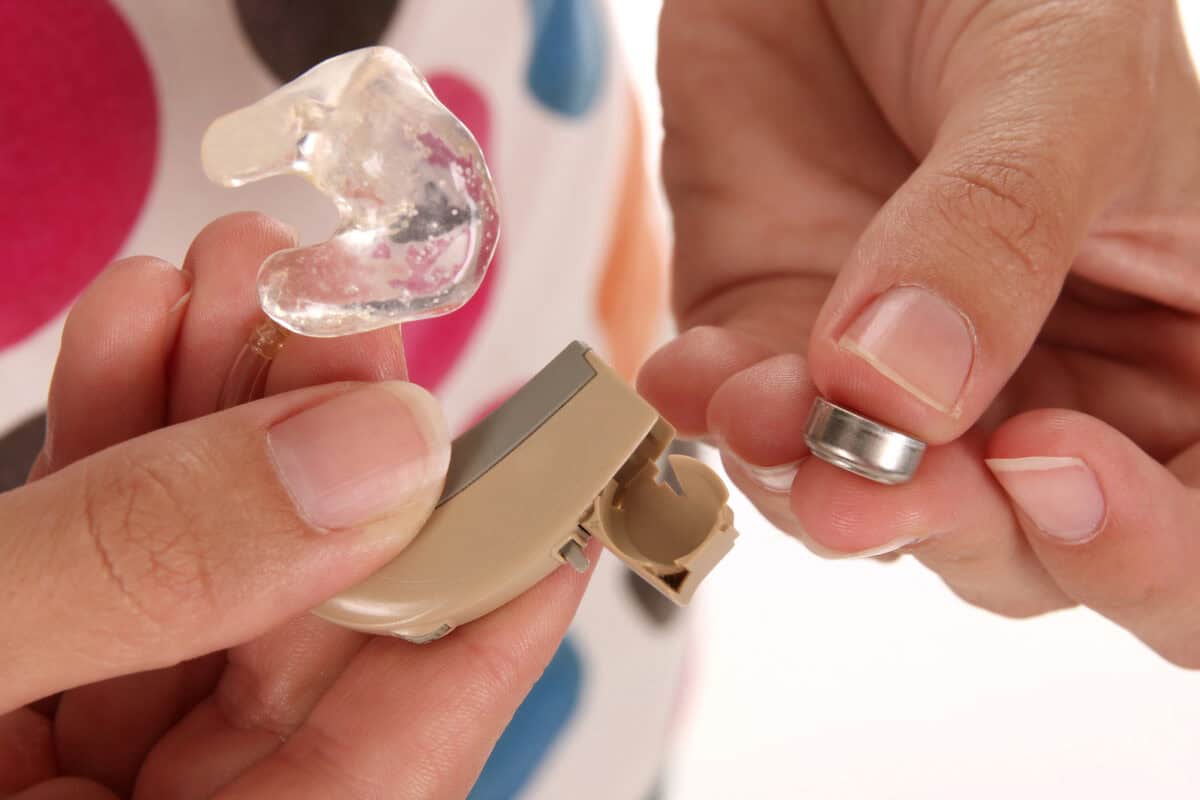Hearing aids are essential tools for managing hearing loss, improving communication, and maintaining quality of life. But like any piece of technology, they can sometimes malfunction. Identifying the signs of a faulty hearing aid early can save you from frustration and help ensure your hearing health remains on track. If you’re experiencing any unusual issues with your hearing aids, it may be time to take a closer look. Here’s how to spot common problems and what to do next to safeguard your hearing.
Sudden Changes in Volume
One of the most obvious signs of a faulty hearing aid is a sudden change in volume. If your device seems much louder or softer than usual, this could indicate a problem with the internal components. Sometimes, the issue is as simple as a clogged microphone or receiver, which can cause a muffled sound. Other times, it may be related to a malfunction in the amplifier or speaker. In either case, sudden volume changes shouldn’t be ignored. Regular cleaning and maintenance can often help, but if the problem persists, it’s a good idea to schedule a hearing health exam to get to the root of the issue.
Distorted or Fuzzy Sound
Hearing aids are designed to deliver clear, crisp sound. If you’re noticing distortion or fuzziness, it could be a sign that something is wrong. This can happen for various reasons, including moisture buildup inside the device, a damaged microphone, or faulty wiring. When sound quality drops significantly, it may be difficult to understand speech, especially in noisy environments. This can be frustrating, but addressing the issue promptly is key to maintaining your hearing experience.
Intermittent Sound or Total Silence
If your hearing aid cuts out intermittently or goes completely silent, there’s something wrong. Intermittent sound could be due to a loose battery connection, while total silence might indicate a more severe problem with the device’s circuitry. First, check if the battery needs to be replaced or recharged. If the problem continues, your hearing aid may require professional attention. Total silence from your hearing aid should always be investigated promptly to ensure you’re not missing out on important sounds.
Feedback or Whistling Noises
Hearing aid feedback, often heard as a high-pitched whistling, can occur when a sound that should be directed into your ear escapes and is picked up again by the hearing aid’s microphone. Occasional feedback is normal, especially when adjusting your hearing aid or placing something close to your ear. However, if feedback becomes constant or happens in quiet environments, it could indicate a fit problem or a malfunction in the hearing aid. Feedback issues can often be resolved by adjusting the fit or volume settings, but persistent problems may need further attention during a hearing health exam.
Difficulty Hearing in Noisy Environments
If you notice that your device is no longer helping you distinguish between voices and background noise, it may not be working properly. Difficulty hearing in noisy environments can signal that your hearing aid’s noise reduction settings are not functioning as they should. It’s important to have this issue addressed, as it can greatly impact your ability to communicate effectively in social situations.
Uncomfortable Fit or Physical Damage
Physical damage to your hearing aid can affect both its performance and comfort. Cracks, dents, or loose parts can make the device less effective and more prone to malfunction. If your hearing aid no longer fits comfortably, it could indicate that the mold has worn down or the shape of your ear has changed. An uncomfortable fit can lead to feedback and a decrease in sound quality. Regular inspections of your hearing aids can help identify any physical issues early.
Battery Draining Quickly
Hearing aid batteries should last anywhere from a few days to a couple of weeks, depending on the type of device and usage. If you find that your hearing aid’s battery is draining unusually fast, it could be a sign of a problem. Batteries may deplete more quickly if there’s a malfunction in the circuitry or if the device is not turning off properly when not in use. A quick check of your battery compartment for dirt or debris may help, but if the problem persists, having your hearing aid inspected is the next step.
Rechargeable hearing aids offer numerous advantages that enhance user experience and convenience. Cost savings are significant, as users no longer need to purchase disposable batteries. These devices are also environmentally friendly, reducing electronic waste associated with traditional batteries. The ease of use is particularly beneficial for those with dexterity issues, as they eliminate the hassle of changing small batteries; you can place the hearing aids in a charging dock overnight for a full day of use. Additionally, these hearing aid batteries offer a long battery life, often lasting up to 24 hours on a single charge and many feature quick-charge capabilities for added convenience. Overall, rechargeable hearing aids represent a practical and sustainable choice.
What to Do Next
When issues arise, do not delay in seeking help. Regular maintenance and care go a long way in prolonging the life of your devices, but if problems persist, a hearing health exam may be necessary. During the exam, your hearing healthcare provider can check the condition of your devices, make necessary repairs, and ensure they’re still meeting your hearing needs. Remember, addressing problems early can prevent further complications and keep your hearing aids working at their best.


